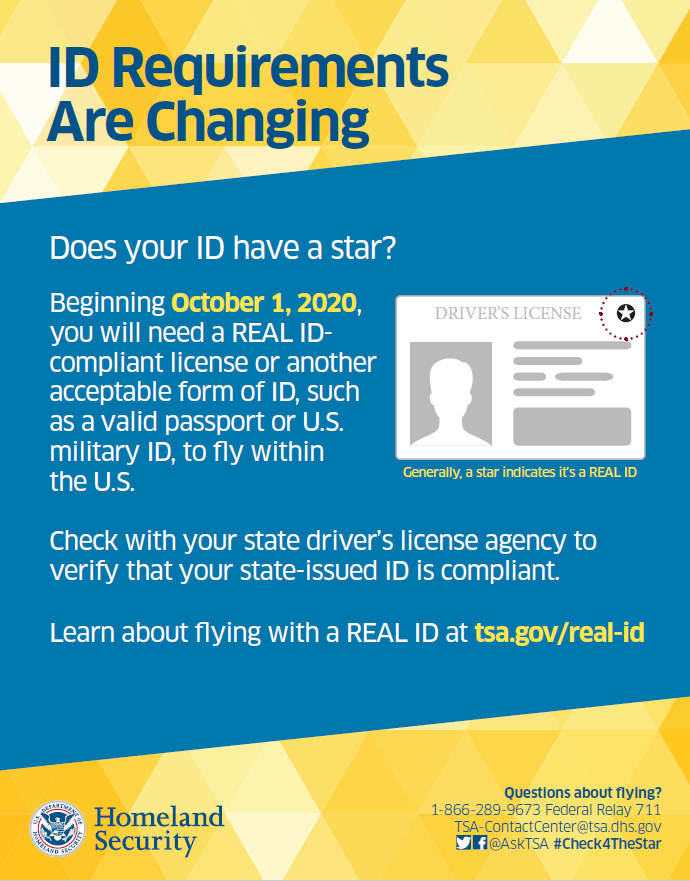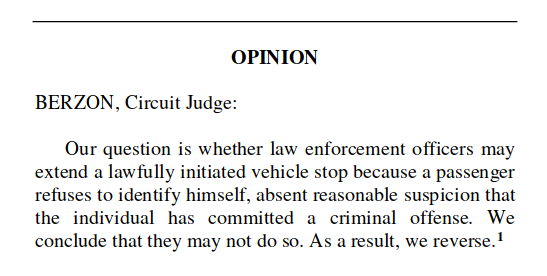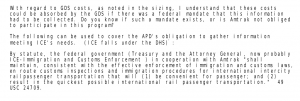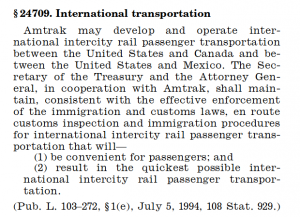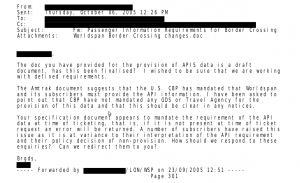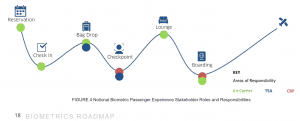CBP settles lawsuit challenging demand for ID from arriving domestic airline passengers
The US Customs and Border Protection (CBP) division of DHS has agreed to a settlement with passengers who were ordered to show ID documents before they were allowed to leave a Delta Air Lines plane after it arrived in New York after a flight from San Francisco.
Nine of the passengers on the February 2017 flight , represented by the ACLU and cooperating lawyers from Covington & Burling, sued the CBP and CBP and Immigration and Customs Enforcement (ICE) officials. They complained that the warrantless, suspicionless dragnet search of the ID documents of everyone on the plane violated the 4th Amendment, and that the CBP policy for such searches was invalid.
In their answer to the court complaint, the defendants admitted “that the officers did not have a search warrant or probable cause to arrest Plaintiffs, the officers did not arrest Plaintiffs, and the officers did not have reasonable suspicion to conduct a Terry stop, nor did they conduct a Terry stop of the Plaintiffs.” But they claimed that this was an isolated incident, not a matter of CBP policy or practice. The CBP port director for JFK airport, who had told reporters that ID checks on arriving passengers were “routine” and happen “every day”, changed his story in court and submitted a declaration that had never heard of another such incident.
Noting the factual issue raised by the contradictions between the statements made by the same CBP officials to the press and to the court, the court denied the defendants’ motion to dismiss the complaint, and ordered the defendants to disclose their policies for “training of … CBP officers as regards compliance with the Fourth Amendment to the U.S. Constitution in locations within the United States other than within a Customs security area.”
As the deadline for that discovery order was expiring, the defendants agreed to a settlement. The settlement requires CBP to pay the plaintiffs’ legal fees and train all CBP officers (a) that “CBP Office of Field Operations does not have a policy or routine practice of compelling or requesting that passengers deplaning domestic flights submit to suspicionless document checks”, and (b) that “to the extent feasible”, when CBP conducts “consensual encounters” (search and interrogation) of domestic airline passengers, they should inform those passengers that cooperation is voluntary and that “passengers who decline to cooperate will not suffer any enforcement consequence as a result”.
The settlement is a (small)step in the right direction. But it leaves unresolved several of the key legal issues raised by demands by law enforcement officers for airline passengers to show evidence of identity in order to be allowed to deplane:
- Does CBP (or any other law enforcement agency) have the legal authority to demand that airline passengers identify themselves? The settlement says that CBP doesn’t have a “policy or routine practice ” of doing so, but is silent on whether it claims, or has, the legal authority to do so or to adopt such a policy or practice in the future.
- What about ID demands of arriving passengers that aren’t carried out pursuant to a “policy” or as part of a “routine practice”? Are they reasonable or consistent with the Fourth Amendment? The ACLU continues to argue, and we agree, that, “If officers want to check [domestic] passengers’ identification documents, they can only do so with the passengers’ consent. And if a passenger does not consent, the officers cannot detain that person, even for a brief period, without reasonable suspicion of a violation of the law.” But the settlement is silent on the Constitutionality of such seizures or demands for ID, even if they affect every passenger on a particular flight.
Despite this settlement, it remains for a future case for the courts to squarely address and rule on the Constitutionality of demands for airline passengers to show ID.
